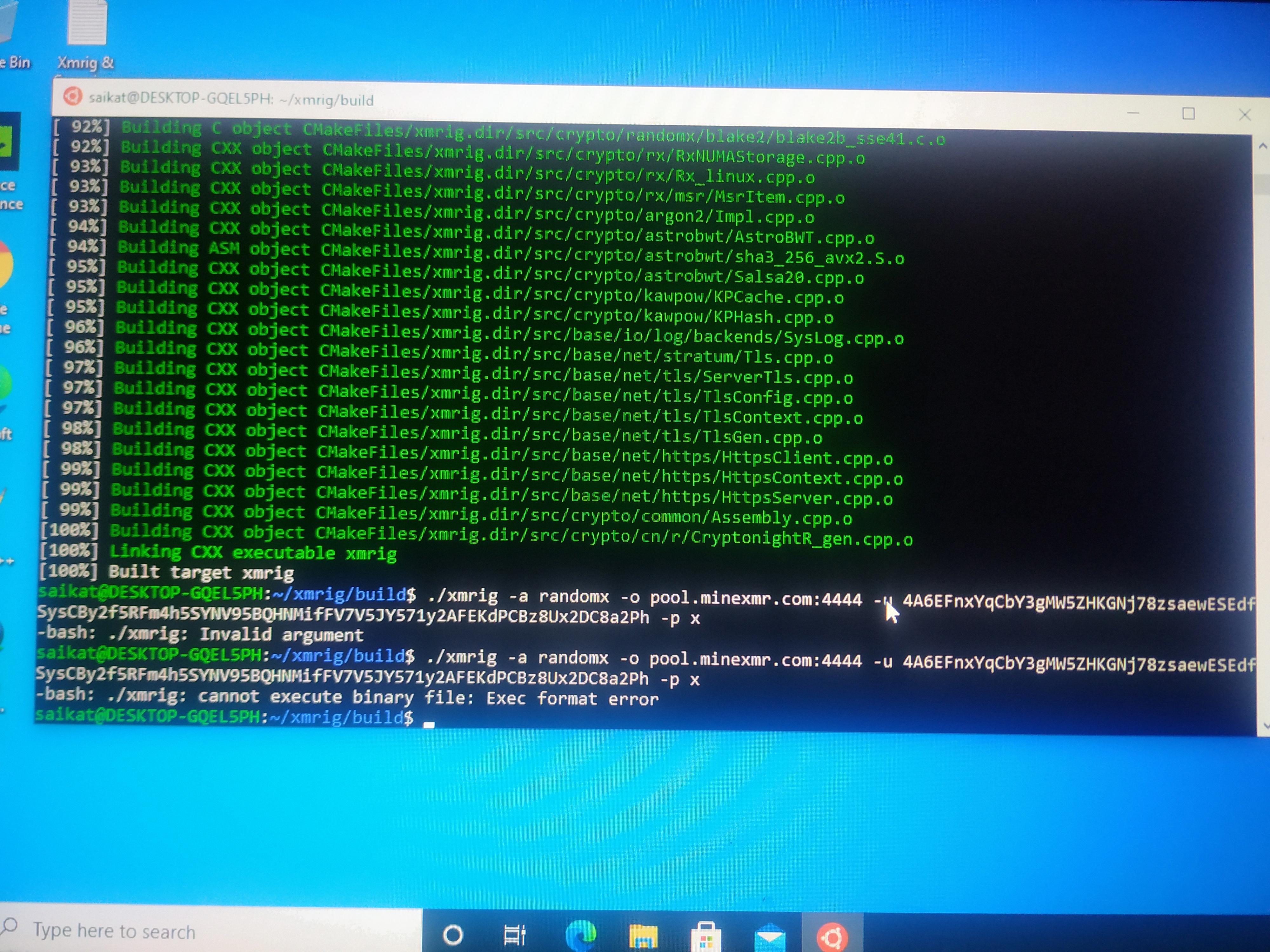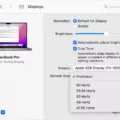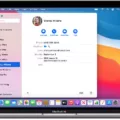Are you new to Macbook and having trouble figuring out how to open files? Don’t worry! We’re here to help. Opening files on a Macbook is easy and straightforward, once you understand the basics.
First things first: you need to know what type of file it is that you’re trying to open. This can usually be determined by looking at the file extension (e.g., .docx, .xlsx, etc.). Knowing the type of file will allow you to use the right application to open it. If you don’t have an application that can open the file, you can always download one from the internet.
Once you know what type of file it is and which application can open it, thee are several ways to open it on your Macbook. The most obvious way is simply double-clicking on the file icon in Finder or your Desktop. This will usually launch it in its native application automatically. Another way is using the “Open With…” command from Finder or desktop context menus (right-click). This allows you to select which program should be used for opening the file. You can also press “Command-O” on your keyboard when a file or folder is selected in Finder; this shortcut will also open any selected document in its native application or folder respectively.
If you share your Mac with other users, keep in mind that permission settings may have been changed for some items, whih might prevent them from being opened properly. If this happens, consult with the administrator of your Mac or network before making any changes yourself.
We hope this guide has been helpful in showing how easy it is to open files on your Macbook!
Troubleshooting Issues with Opening Files on Mac
There are several possible reasons why you cannot open files on your Mac. First, make sure that the file type is supported by the application you’re using to try to open it. If the file type is not supported, you may need to use a diferent app or software to open the file. Additionally, make sure that you have permission to open the file. If the file is located in a folder with restricted access, you will not be able to open it without adjusting the permissions settings for that folder. Finally, check for any system updates or software updates that may be required in order for your Mac to recognize and open certain files.

Source: apple.com
Opening a File on a Mac Using the Keyboard
To open a file on a Mac usng the keyboard, use the Command-O shortcut. This shortcut will open any selected document or folder in its native application. To use this shortcut, press and hold down the Command key, then press the O key. This will open the file or folder you have selected.
Opening All Files in a Mac Folder
To open all the files in a Mac folder, first make sure that the Finder is open. Then, navigate to the folder you would like to open. Now, press and hold the Command key and click on each file or folder withn the folder you would like to access. All of the selected items will be highlighted in blue. Finally, right-click on one of the selected items and select Open from the shortcut menu that appears. The selected items will now open simultaneously.
Opening Files on a Macbook Air
To open files on a Macbook Air, you can use the Open dialog. To do this, click the File menu in the top left corner of your screen and select Open. This will bring up a window where you can choose which file you want to open. You can also create a new document by clicking New Document in the Open dialog, or by selecting File > New from the top menu bar. Once you’ve selected the file you want to open, it will appear in your workspace.
What App Is Needed to Open Files on Mac?
The best app for viewing files on Mac is File Viewer. This app is designed to make it easy to view almot any type of file on your Mac. It supports playback of common audio and video formats, and can display many types of images, webpages, and page layout files. To use File Viewer, simply drag and drop the file or folder that you want to open onto its window. File Viewer is also compatible with macOS Mojave 10.14 or later, so you can be sure that your Mac will be able to handle all the different file types you might encounter.
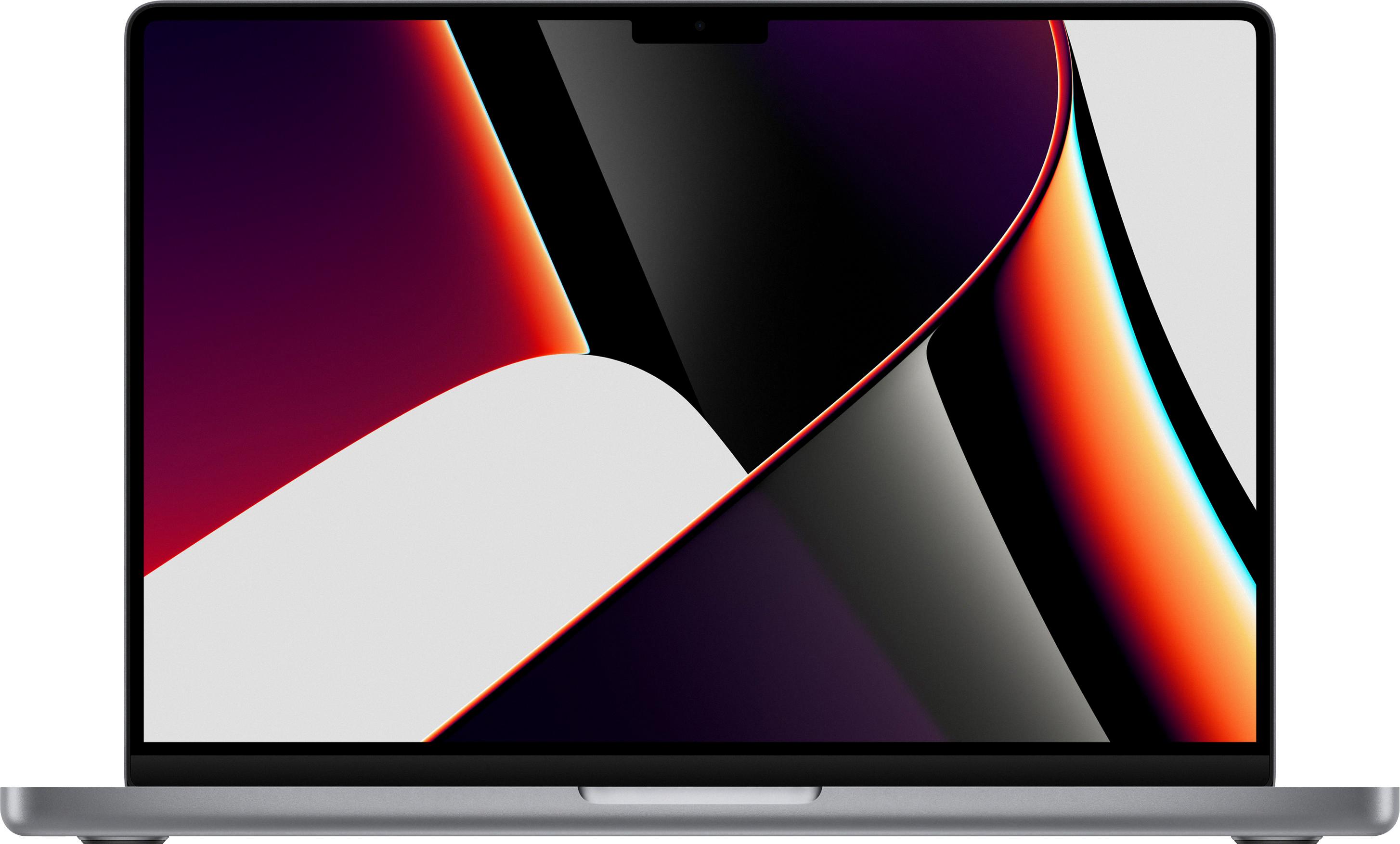
Source: bestbuy.com
Unable to Open File
It’s possible that you don’t have permission to view the file, or that you’re signed in to a Google Account that doesn’t have access. Additionally, it’s possible that the correct app isn’t installed on your phone. If you tink any of these explanations could be the cause, you should try signing in with a different account or downloading the relevant app to see if that solves the issue.
Opening Files Using Keyboard Shortcuts
To open a file, press Ctrl+O. This shortcut key combination will open the File Explorer window, allowing you to browse for and select the file you would like to open. If you have recently opened a file, pressing Ctrl+O will also display a list of your recent files for quick access.
Locating Files on a Macbook
Files on a Macbook can be found in the Finder window. To open the Finder window, click on the Finder icon in the Dock. Once you have opened the Finder window, you can view your files and folders by looking through the various directories listed in the sidebar on the left-hand side of the window. You can also view your files and folders in relation to teir location by selecting View > Show Path Bar or pressing Option to show the path bar momentarily. The path bar will display the location and nested folders that contain your file or folder near the bottom of the Finder window.
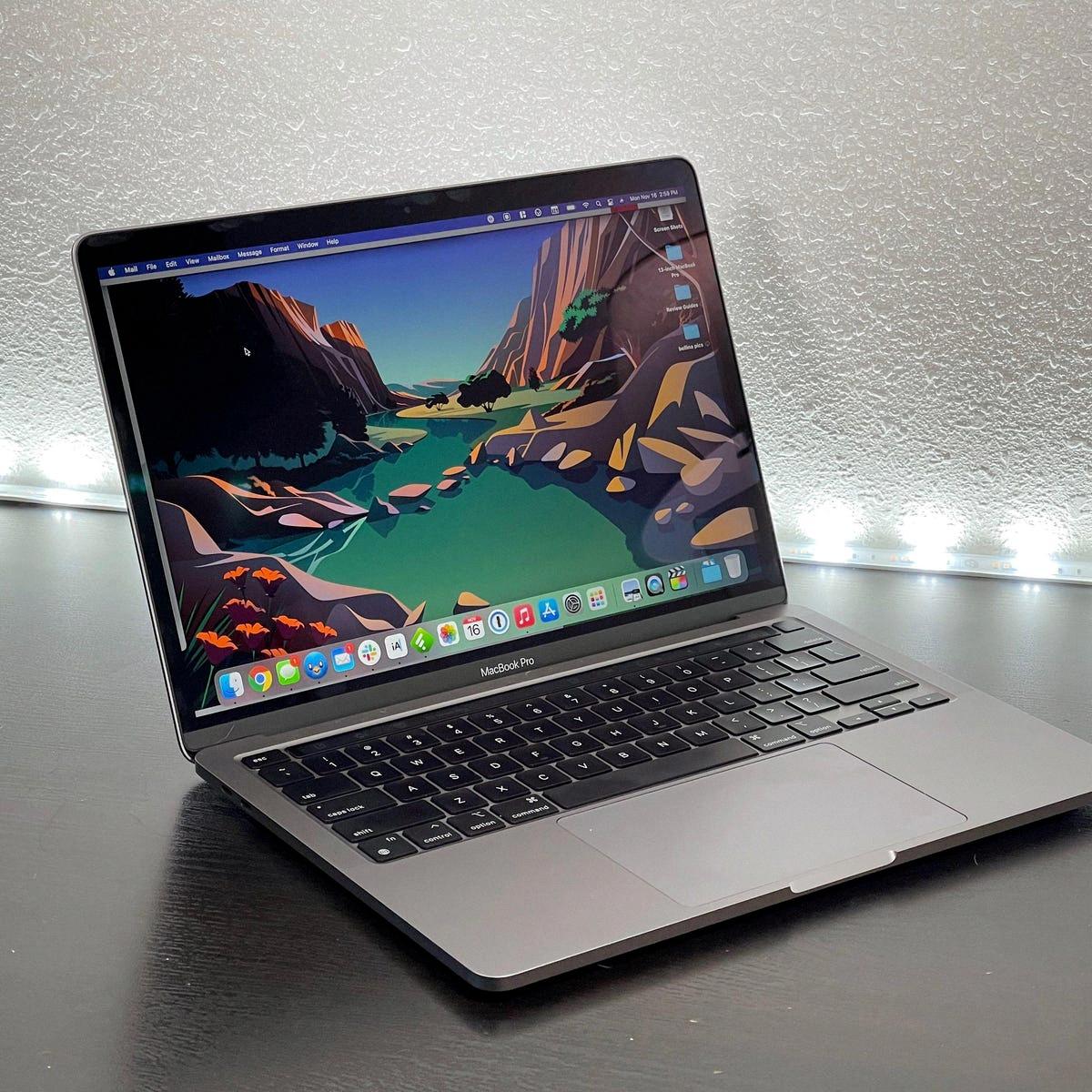
Source: zdnet.com
Accessing the File Manager on a Macbook
The file manager on a Macbook is the Finder. To open the Finder, click the Finder icon in the Dock, which looks like a blue smiling face. Once opened, you can use it to view, manage and organize all of your files and folders. It’s also the starting point for many other tasks such as setting up new users, emptying the Trash, or connecting to a network drive. From the Finder window you can easily access all of your applications, documents, and media. You can also search for files using Spotlight or create new folders to store items.
Opening All Files
To open all your files, you can use the Files by Google app on your Android device. First, open the app and tap ‘Browse’ at the bottom of the screen. You will then see a list of all your files organized by category. To view your files in Grid view, tap ‘Grid view’. To go back to a list, tap ‘List view’. If you want to sort your files, tap the ‘More’ icon in the top rigt corner and select ‘Sort by’. You can then sort your files by date, name, size or type.
Opening PDF Files on a Macbook
Opening PDF files on your Macbook is easy and straightforward. First, locate the PDF file you want to open in Finder. Then, double click the file to open it in the default application for viewing PDFs, which is Preview. You can also right-click the file and select Open With to choose a different application than Preview. Once you have chosen an application, click Open and the PDF will be opened in that program.
Conclusion
In conclusion, the Macbook is a powerful and versatile device that offers users a wide range of features. It is lightweight and portable, yet still highly capable of running complex programs. Its intuitive operating system makes it easy to navigate and use, while its innovative design makes it stylish and visually appealing. With its long-lasting battery life and impressive hardware capabilities, the Macbook is an excellent choice for those looking for a reliable computer that can meet thir needs.


